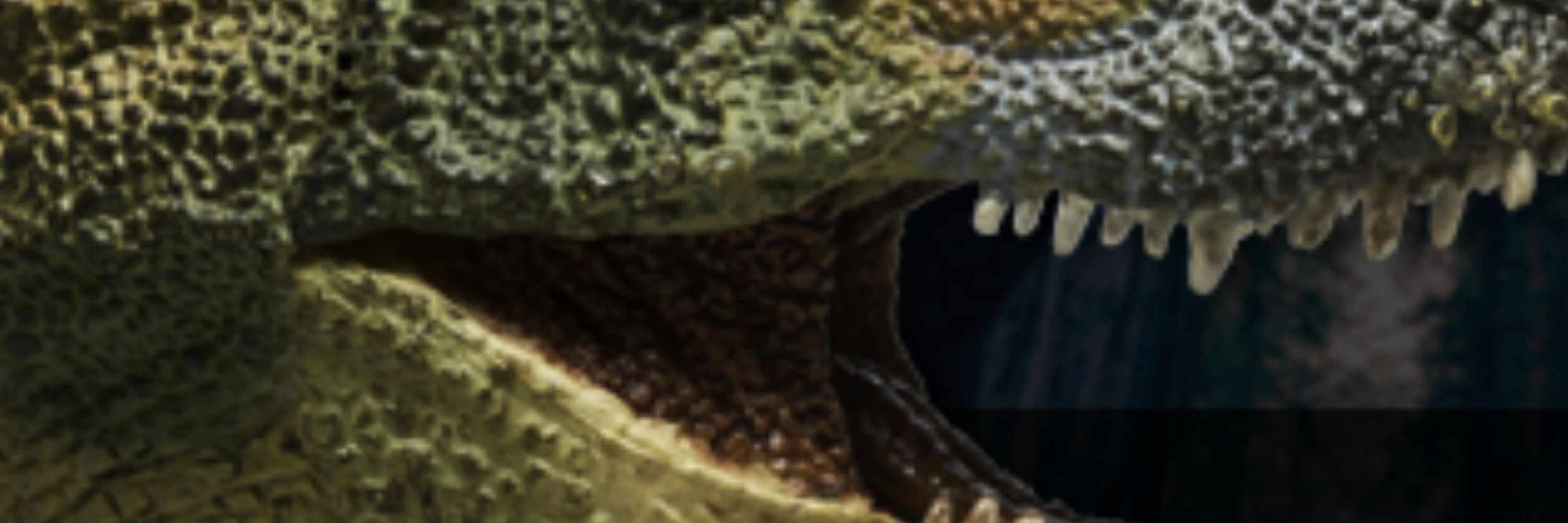
https://iknowdino.com/links/
We took a close look in our latest I Know Paleo episode (thanks to everyone who voted!)
We took a close look in our latest I Know Paleo episode (thanks to everyone who voted!)
A couple decades or so ago no one knew for sure the colors of any dinosaurs. That all changed with the small theropod Sinosauropteryx
A couple decades or so ago no one knew for sure the colors of any dinosaurs. That all changed with the small theropod Sinosauropteryx
We’ll start with the obvious big dinos: the large, heavy, four-legged animals with columnar legs, known for their long necks and long tails (a.k.a. the sauropods)
We’ll start with the obvious big dinos: the large, heavy, four-legged animals with columnar legs, known for their long necks and long tails (a.k.a. the sauropods)
Don’t worry, we're covering them all on I Know Dino. However, it’s hard to keep up, soooo good news for our patrons: we’ve got an early access episode for you, and it’s all about 4 of the new dinosaurs!

Don’t worry, we're covering them all on I Know Dino. However, it’s hard to keep up, soooo good news for our patrons: we’ve got an early access episode for you, and it’s all about 4 of the new dinosaurs!
The most famous raptors are probably the ones in Jurassic Park
But did you know there’s a whole group of them?
The most famous raptors are probably the ones in Jurassic Park
But did you know there’s a whole group of them?
They were small (one of them had an estimated wingspan of only 14 inches!) and cute, and at first glance look (maybe) a little like bats (at least to us)
(Image by Zhao Chuang, via Wikimedia Commons)

They were small (one of them had an estimated wingspan of only 14 inches!) and cute, and at first glance look (maybe) a little like bats (at least to us)
(Image by Zhao Chuang, via Wikimedia Commons)
Ever wondered how dinosaurs lived?
Award winning paleontologist @deanrlomax.bsky.social and world-renowned natural history artist @bobnichollsart.bsky.social bring to life some of the most unusual & fascinating fossils with their upcoming book “The Secret Lives of Dinosaurs”




Ever wondered how dinosaurs lived?
Award winning paleontologist @deanrlomax.bsky.social and world-renowned natural history artist @bobnichollsart.bsky.social bring to life some of the most unusual & fascinating fossils with their upcoming book “The Secret Lives of Dinosaurs”
There’s a whole field dedicated to studying their (and other prehistoric animals’) brains. It’s called paleoneurology and it involves studying brain evolution by analyzing brain endocasts (the internal cast of a skull)
There’s a whole field dedicated to studying their (and other prehistoric animals’) brains. It’s called paleoneurology and it involves studying brain evolution by analyzing brain endocasts (the internal cast of a skull)
Armor!
Some dinosaurs were so heavily covered in armor they were like living tanks (woot woot Ankylosaurus)

Armor!
Some dinosaurs were so heavily covered in armor they were like living tanks (woot woot Ankylosaurus)
🦕📖🦖
dinodadreviews.com/2025/07/09/i...

blog.pocketcasts.com/2025/06/30/s...

blog.pocketcasts.com/2025/06/30/s...


